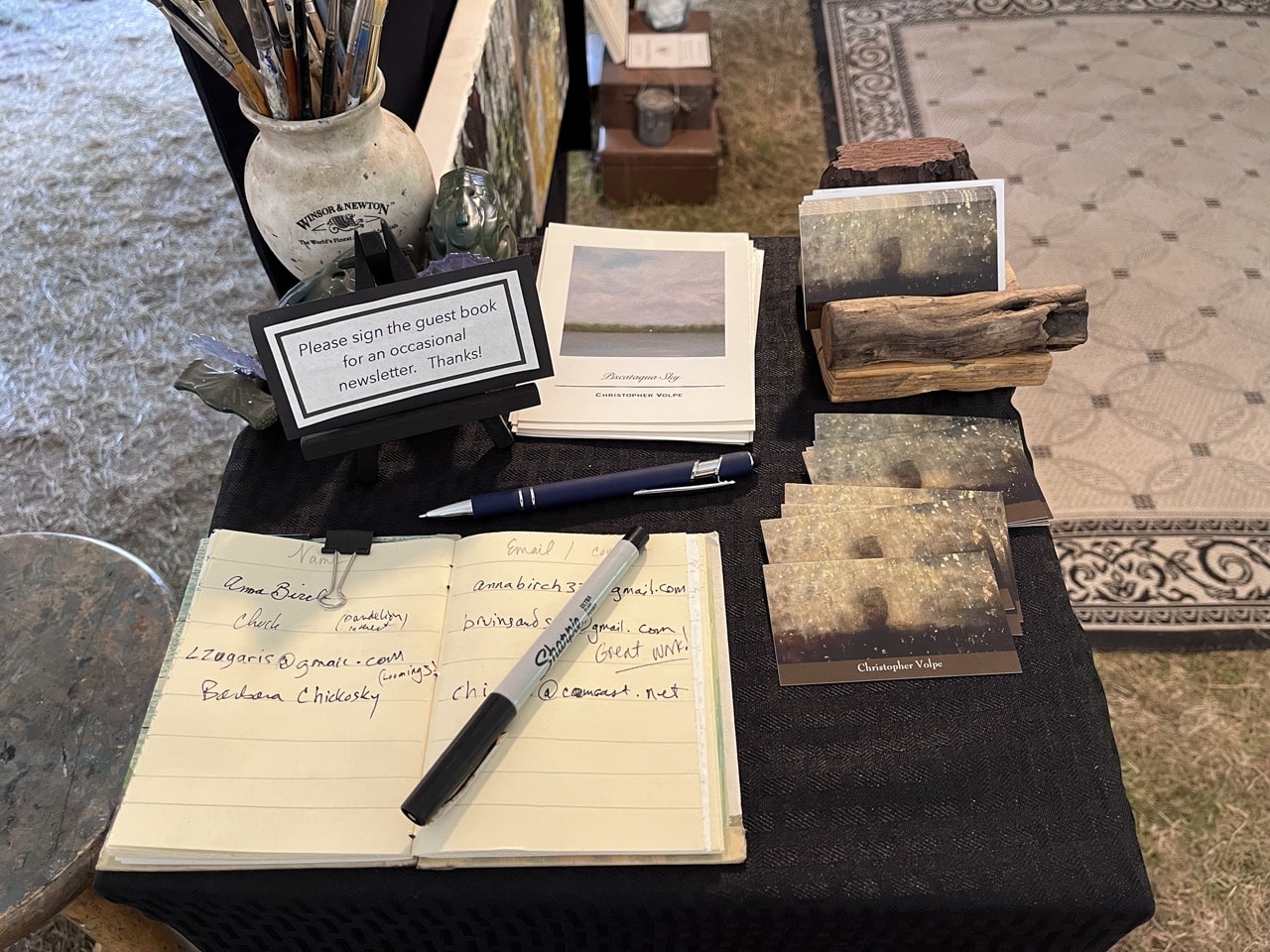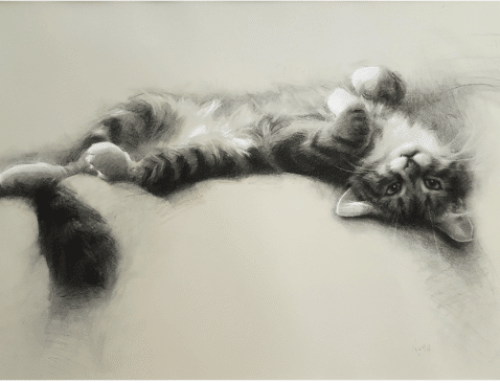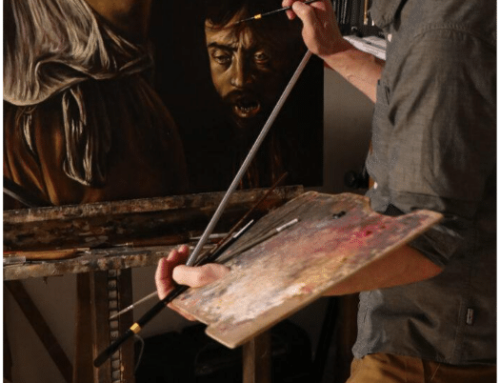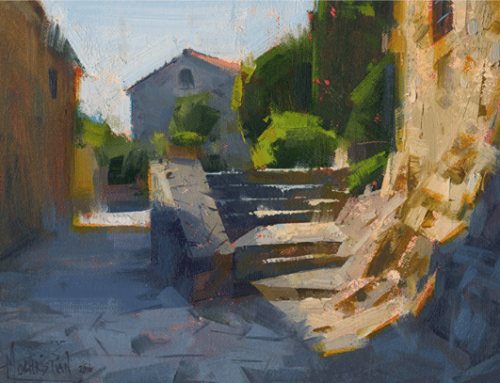Supporting yourself by selling your art is akin to running an owner-operated business in which you manage both sales and marketing as well as making the product.
Lots of folks miss the distinction between sales and marketing. They’re two different things, and they each have a separate role to play as pieces of a larger puzzle.
Selling is about turning relationships into sales. It means communicating with prospects, talking to the folks who come into your booth, and the more conversations you have the more opportunities you create, and the better the chance you have at finding the right home for the right painting. Marketing is about creating those relationships in the first place. Marketing creates positive awareness of you and your work.
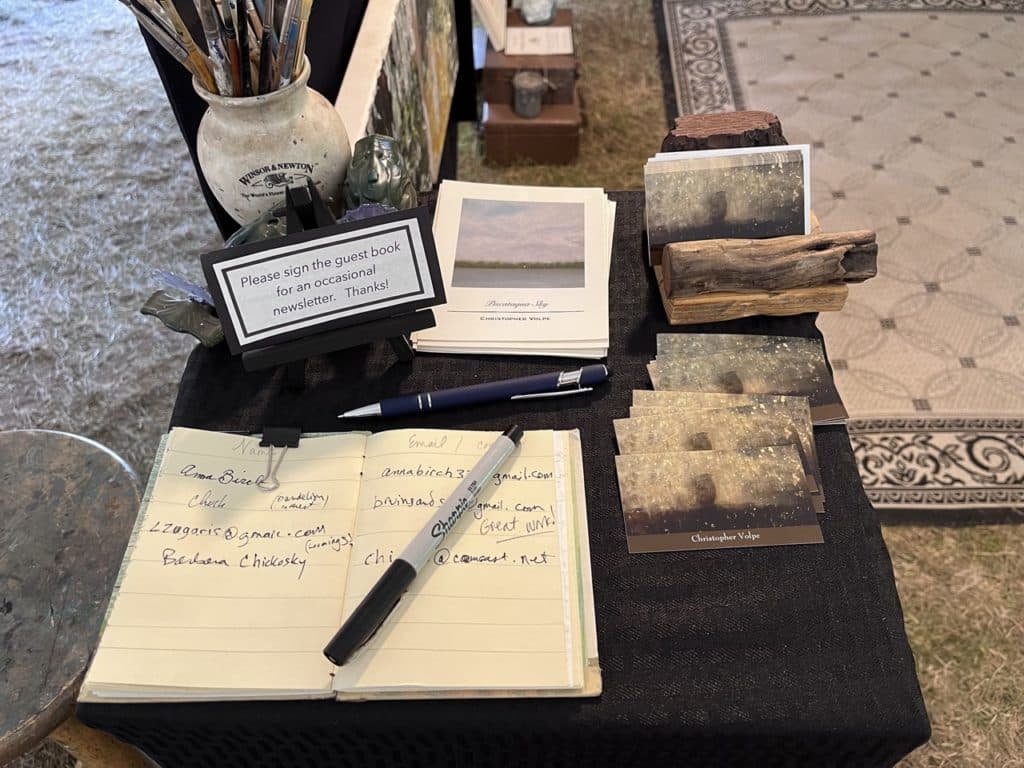
Many artists, especially those regularly showing work in person, use the Internet, including but not only social media, as a marketing tool primarily, and only secondarily as a sales tool. Others operate e-commerce websites in coordination with social media as their primary “storefront.”
Either approach benefits from email newsletter lists. Newsletters bring folks interested in you images of new your work and news of what you’re doing and what and where you’re showing. A newsletter works well alongside the other Internet marketing and sales tools by directing potential collectors to your website, Instagram/Facebook pages, online auctions, etc. So getting folks to sign up for your newsletter is a priority.
Sales aside, marketing your work to fairgoers often leads, even years later, to commissions and seemingly out-of-the-blue interest. People move into new homes with more walls, they remember you and pop into a show, suddenly need a painting for a gift, or any number of other triggers. You want to be “top of mind” for them – after all, they actually like your work.
You should give out tons of business cards and have a guest book you can direct folks to sign (making it clear they’re to put their name and address), but that’s the least efficient way to go. Instead, consider running a drawing for a free work of art. Have “tickets” that folks fill out with their name and email and a vessel to collect them in. Be clear that they’re signing up for the newsletter (not tricking anyone).
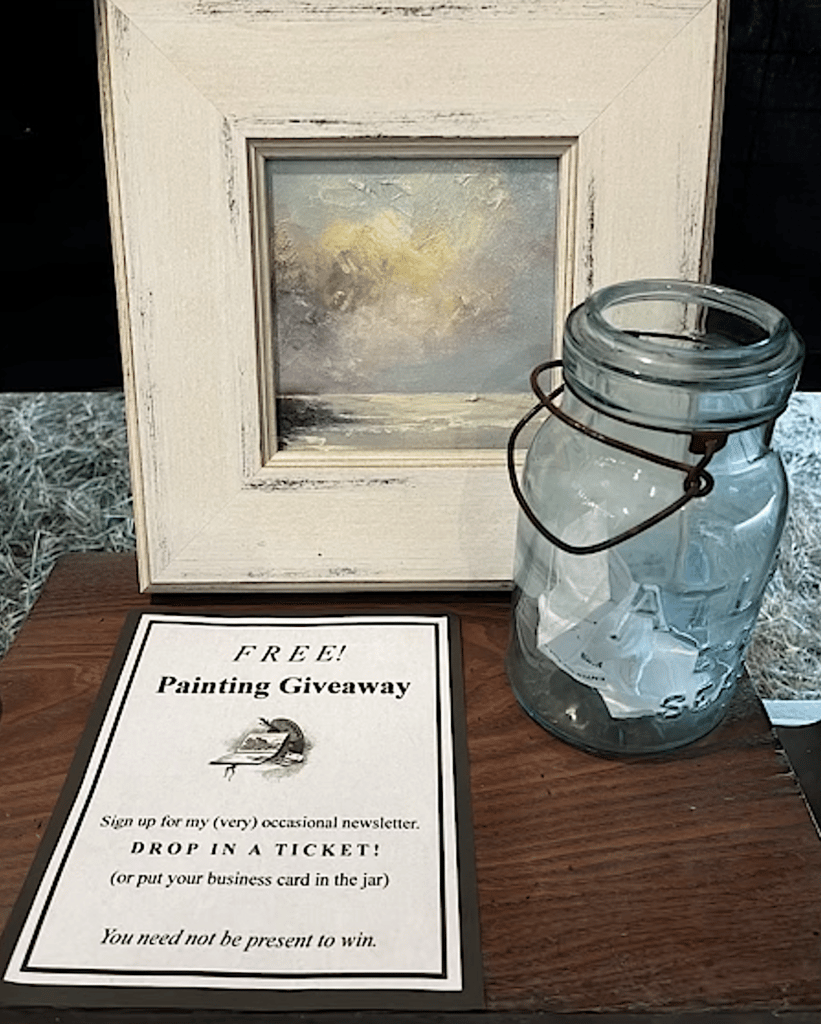
As soon as you’re home and the dust clears, sit down and put the emails into a database or whatever program you use to send out your newsletter. Send a special email just to your new subscribers announcing the winner, thanking them for participating and signing up, AND offering a discount on work that came home from the fair with you.
The Architecture of Light
Twenty years into a career as architect and architectural illustrator, Thomas Schaller embarked upon a bold new path as a fine artist. Today he is a successful and accomplished watercolor artist, known for his treatment of light and its dynamic interplay with the natural and manmade landscape.
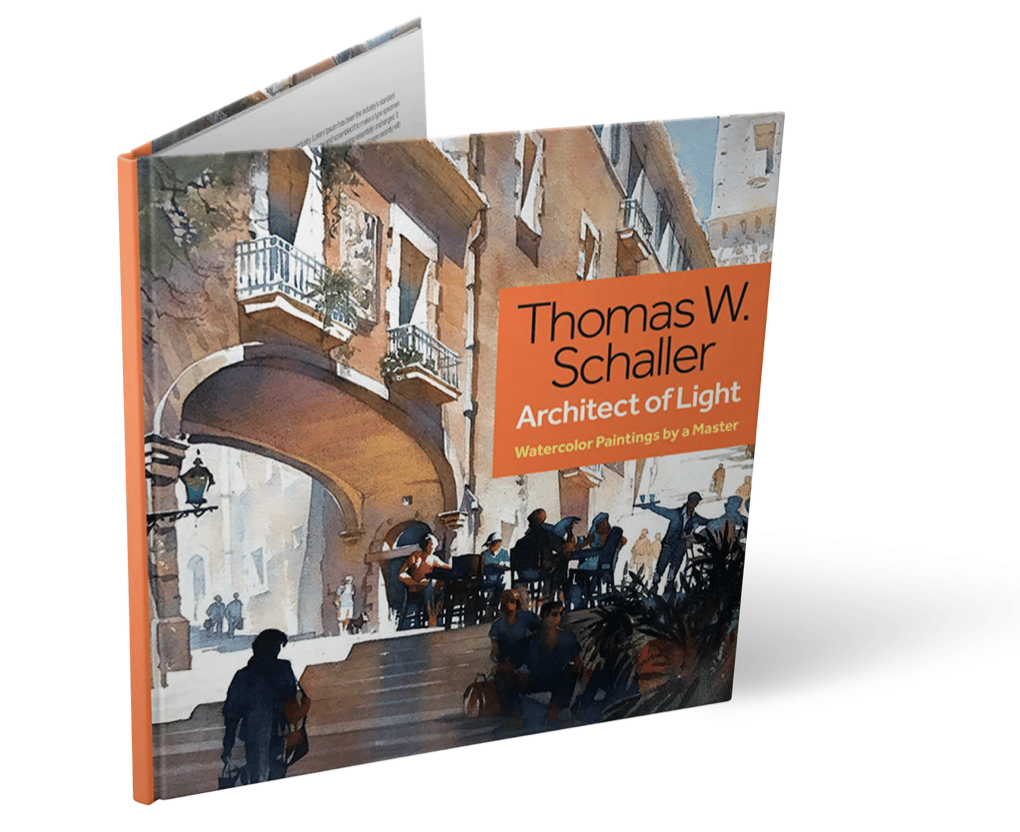 In his beautifully illustrated book of essays, Schaller ruminates on his journey as an artist, what drives him, and the “truths” he’s discovered along the way. He offers insight on composition, color and other technical aspects of painting as well as his perspectives on the more fundamental struggles of the artist, such as overcoming self-doubt and honing one’s own, unique voice.
In his beautifully illustrated book of essays, Schaller ruminates on his journey as an artist, what drives him, and the “truths” he’s discovered along the way. He offers insight on composition, color and other technical aspects of painting as well as his perspectives on the more fundamental struggles of the artist, such as overcoming self-doubt and honing one’s own, unique voice.
Schaller’s topics range from discovering the power of breathing, to the secret of how to “find the art” in any subject and how the quest for perfection led him to worry less about final results and take greater joy in process itself. “It’s be a pivoting read for collector, art-lover and practicing artist alike,” says the book’s promotors, “full of views to savor and enlighten.”

